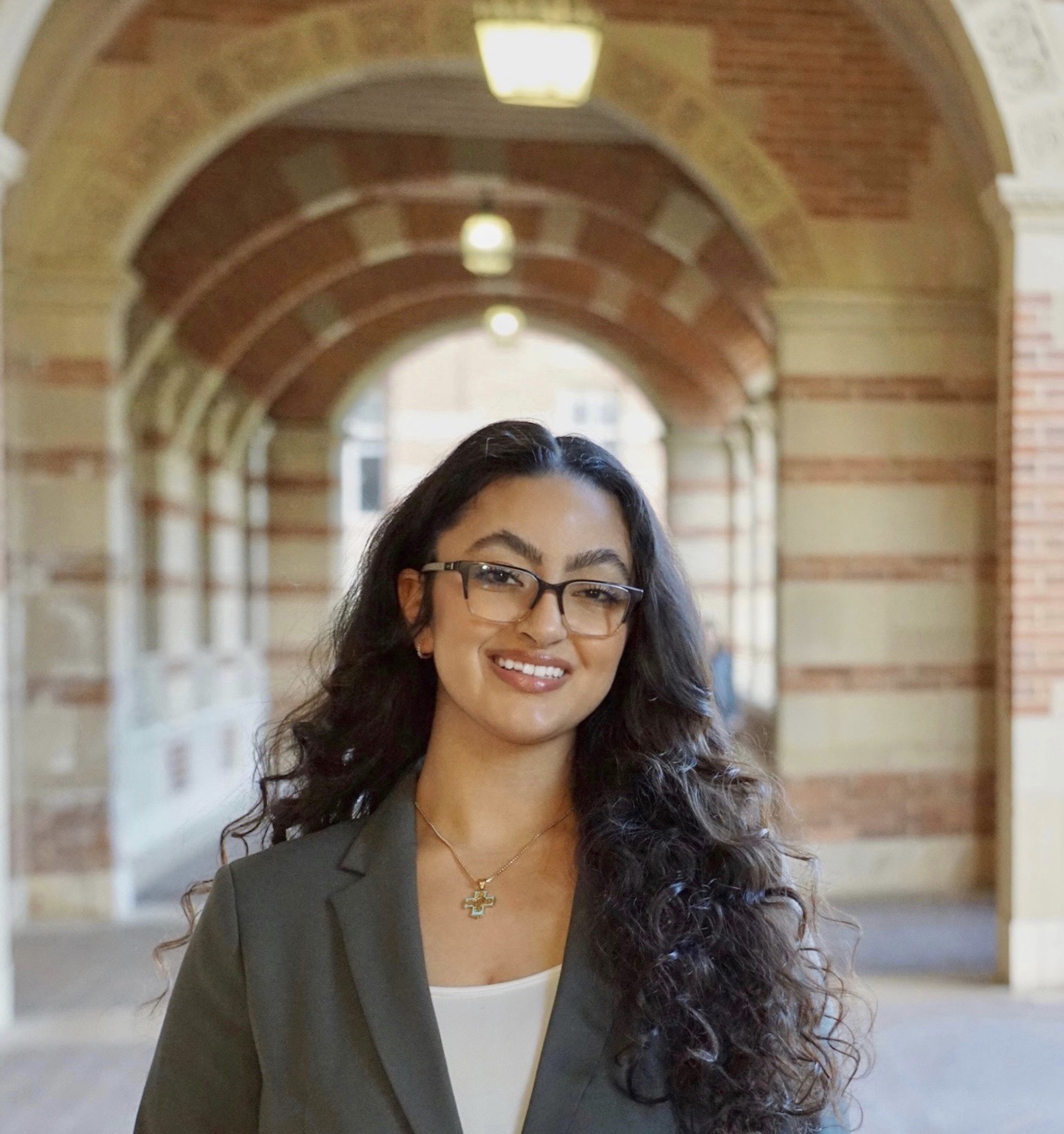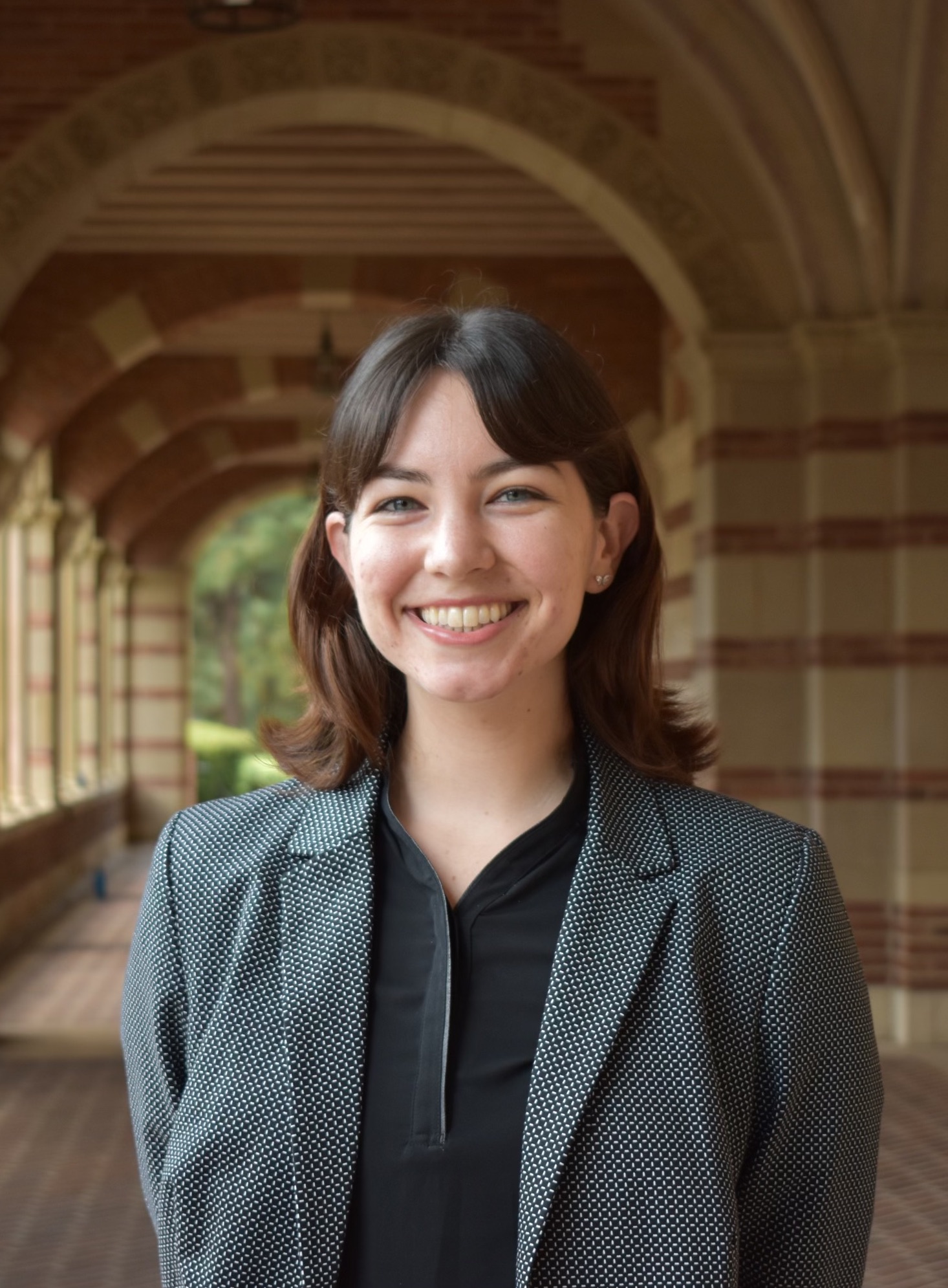Below is a summary of the abstract you submitted. Presenting author(s) is shown in bold.
If any changes need to be made, you can modify the abstract or change the authors.
You can also download a .docx version of this abstract.
If there are any problems, please email Dan at dar78@pitt.edu and he'll take care of them!
This abstract was last modified on March 18, 2024 at 7:26 p.m..

Actinobacteria are found in abundance across terrestrial environments and play an important role in soil and forest ecosystems across the globe. Bacteriophages infecting bacteria in this phylum are involved in regulating these communities through lysis, integration, and gene transfer. This study aimed to investigate intercluster and intracluster dynamics of certain clusters of Mycobacterium, Rhodococcus, and Corynebacterium phages, and examines interhost relationships to further describe host-specificity and establish a better understanding of host-phage coevolution dynamics. Genomic comparisons of these phages were conducted using bioinformatic tools including PhagesDB’s gene content similarity (GCS) function, SplitsTree, Gepard, and Clinker. Mycobacterium, Rhodococcus, and Corynebacterium phages demonstrated low intercluster similarity, even when isolated on the same host, and generally high intracluster similarity. Additional findings revealed a few exceptions with high similarity amongst clusters with phages from multiple hosts, particularly between Rhodococcus cluster CR and Corynebacterium cluster EN whose phages average 20.2% intercluster GCS. Clusters with high inter-host GCS shared phams encoding structural and replicative proteins, and on average 22% of shared phams were exclusive to those clusters. This expands the understanding of the intracluster and intercluster relationships of soil bacteriophages and introduces fascinating insights into cluster dynamics and phage genetic mosaicism. Further investigation of phages with high intercluster and inter-host similarity could expand knowledge of host-specificity and potential methods for modulating soil bacteria populations.


